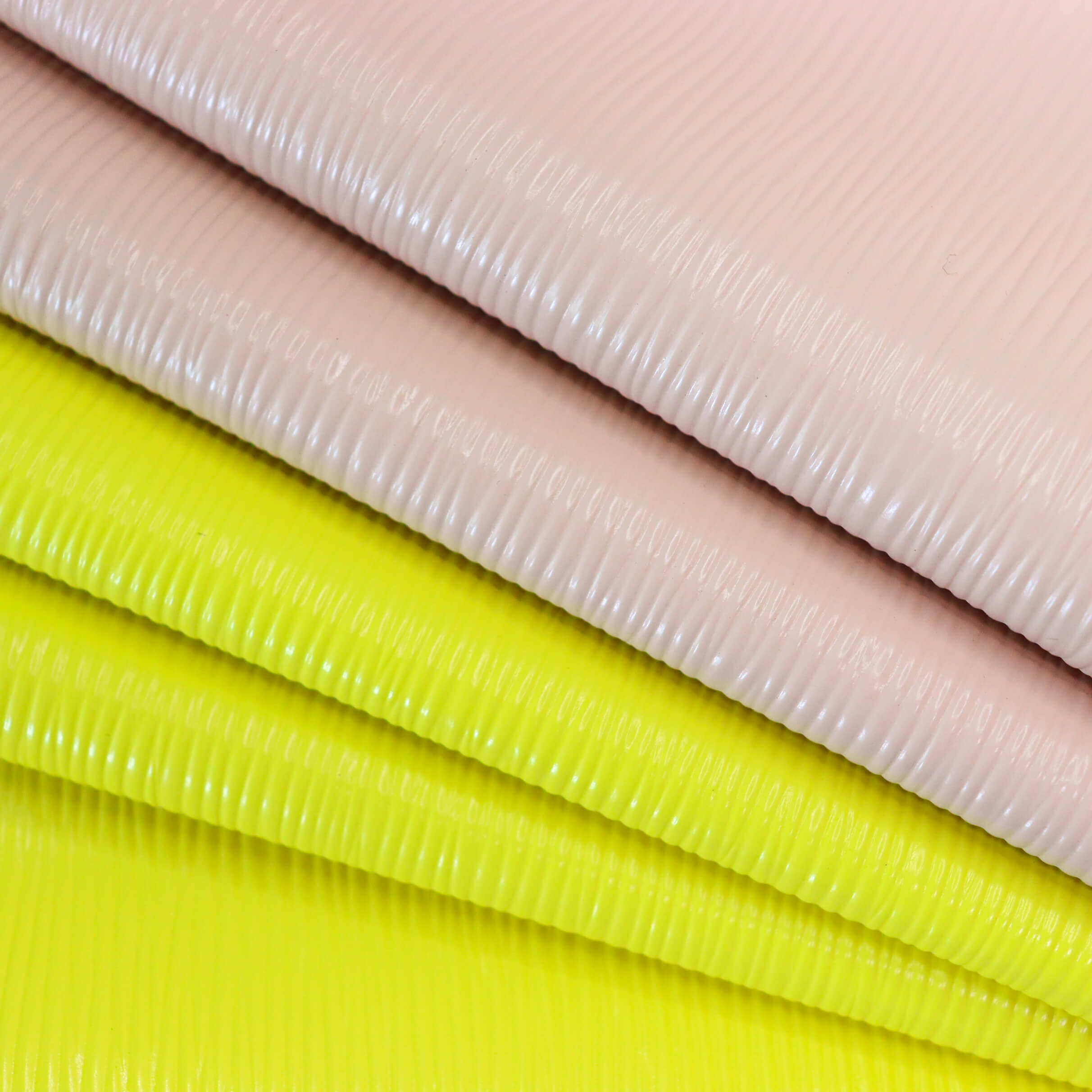Email format error
Email cannot be empty
Email already exists
6-20 characters(letters plus numbers only)
The password is inconsistent
Email format error
Email cannot be empty
Email does not exist
6-20 characters(letters plus numbers only)
The password is inconsistent

News

Distinction between PU Leather and Genuine Leather
Introduction
In the vast world of leather goods, the choice between PU leather and genuine leather often presents itself as a pivotal decision, one that extends far beyond mere material preference. It's a choice that speaks volumes about our values, tastes, and even our understanding of sustainability and craftsmanship. Yet, amidst the allure of luxury and the promise of affordability, lies a fundamental question: what sets these two materials apart?
Understanding PU Leather
Definition and Composition
PU leather, short for polyurethane leather, represents a marvel of modern engineering, meticulously crafted to emulate the luxurious texture of genuine leather. Its production involves coating a fabric base with polyurethane, often supplemented by other additives to enhance durability and texture.
Advantages of PU Leather
The allure of PU leather lies in its accessibility and versatility. Widely regarded as a more affordable alternative to genuine leather, it offers consumers the opportunity to indulge in the aesthetic appeal of leather goods without straining their wallets. Moreover, its synthetic composition renders it more resistant to moisture and abrasion, making it an attractive option for those seeking durability and ease of maintenance.
Environmental Considerations
However, beneath its sleek veneer, PU leather harbors a contentious environmental footprint. Its production relies heavily on petrochemical-derived materials, contributing to carbon emissions and perpetuating our dependence on finite resources. Furthermore, the durability of PU leather pales in comparison to genuine leather, often succumbing to wear and tear more readily, thereby perpetuating the cycle of consumption and waste.
Unveiling Genuine Leather
Origins and Production Process
Genuine leather stems from the hides of animals, a legacy of our primal connection to nature and the age-old tradition of craftsmanship. The process involves tanning animal hides to preserve them and imbue them with desired characteristics such as softness, durability, and color.
Characteristics and Appeal
Genuine leather embodies a timeless elegance and durability that transcends fleeting trends and fads. Rooted in centuries-old traditions of craftsmanship, genuine leather speaks to a profound reverence for the natural world and the artistry of skilled artisans. Its tactile richness and distinctive patina evoke a sense of heritage and authenticity, resonating with those who value quality and longevity in their possessions.
Ethical and Environmental Considerations
However, the production of genuine leather is not without its ethical and environmental implications. The leather industry has come under scrutiny for its impact on animal welfare and deforestation, prompting calls for greater transparency and accountability throughout the supply chain. Moreover, the tanning process, a critical stage in leather production, often involves the use of hazardous chemicals that pose risks to both human health and the environment.
Conclusion
The choice between PU leather and genuine leather transcends mere material preference; it embodies a complex interplay of values, aesthetics, and sustainability considerations. While PU leather offers affordability and versatility, it comes with a hidden environmental cost and a shorter lifespan. Genuine leather, in contrast, epitomizes luxury and durability but raises ethical and environmental concerns. Ultimately, the decision rests with the individual, guided by an informed understanding of the implications inherent in their choices. As we navigate the labyrinth of consumerism, may we tread lightly and conscientiously, mindful of the legacy we leave for future generations.

